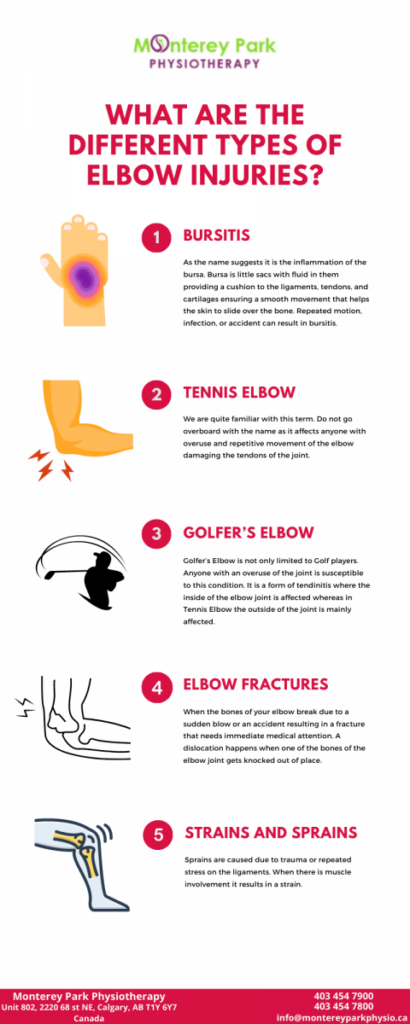How Do You Know If Your Elbow Injury Is Serious?
It is great to be able to hug your loved ones, play catch with your pet, lift weights in a gymnasium, playing with snow during Christmas, and waving goodbyes, all thanks to the elbow joint that makes it a piece of a cake!!
Yes, we are talking about the elbow joint that makes our activities of daily living a smooth task.
Our elbow joint is made up of three bones, cartilages, ligaments, and tendons not to mention nerves and the blood vessels too.
Injury or inflammation to any of these parts results in pain, discomfort, stiffness, and loss of range of motion.
The lower end of the humerus and the upper end of the radius and the ulna make up our elbow joint.
Cartilage is best known as a shock absorber and helps the bones to slide over each other for the proper functioning of the joint.
Bones are connected to the muscles by tendons and ligaments are those tough tissues that connect one bone to another.
There are numerous reasons for pain, stiffness, immobility, and inflammation in our elbow joints.
This article will throw some light on a couple of reasons for the same.
Arthritis is one of the most common causes of elbow pain.
To narrow it down further Rheumatoid arthritis and Osteoarthritis affect most people when the elbow cartilage breaks down with time and ends of the bones rub with each other causing pain, swelling, and stiffness in and around the elbow joint.
- Bursitis: As the name suggests it is the inflammation of the bursa. Bursa is little sacs with fluid in them providing a cushion to the ligaments, tendons, and cartilages ensuring a smooth movement that helps the skin to slide over the bone. Repeated motion, infection, or accident can result in bursitis.
- Tennis Elbow: We are quite familiar with this term. Do not go overboard with the name as it affects anyone with overuse and repetitive movement of the elbow damaging the tendons of the joint.
- Golfer’s Elbow: Golfer’s Elbow is not only limited to Golf players. Anyone with an overuse of the joint is susceptible to this condition. It is a form of tendinitis where the inside of the elbow joint is affected whereas in Tennis Elbow the outside of the joint is mainly affected.
- Cubital Tunnel Syndrome: This is a case of a trapped nerve. The major nerve of the elbow joint, the ulnar nerve, gets trapped or squeezed as it passes through the inside of your joint into the cubital tunnel. You may experience numbness, tingling, pain in your forearm, wrist, and fingers. Similar to this is Radial Tunnel Syndrome where the radial nerve gets squeezed and results in the same symptoms.
- Elbow fractures and dislocation: When the bones of your elbow break due to a sudden blow or an accident resulting in a fracture that needs immediate medical attention. A dislocation happens when one of the bones of the elbow joint gets knocked out of place. This is quite common in toddlers also referred to as nursemaid’s elbow.
- Strains and Sprains: Sprains are caused due to trauma or repeated stress on the ligaments. When there is muscle involvement it results in a strain.
The following symptoms are common in most elbow injuries:
- Pain in and around the joint. Pain might involve the forearm, wrist, and fingers.
- Stiffness of the joint.
- Inflammation and swelling in the joint.
- Inability to move the joint freely.
- Locking sensation in the elbow.
- Numbness and tingling sensation if there is nerve involvement.







